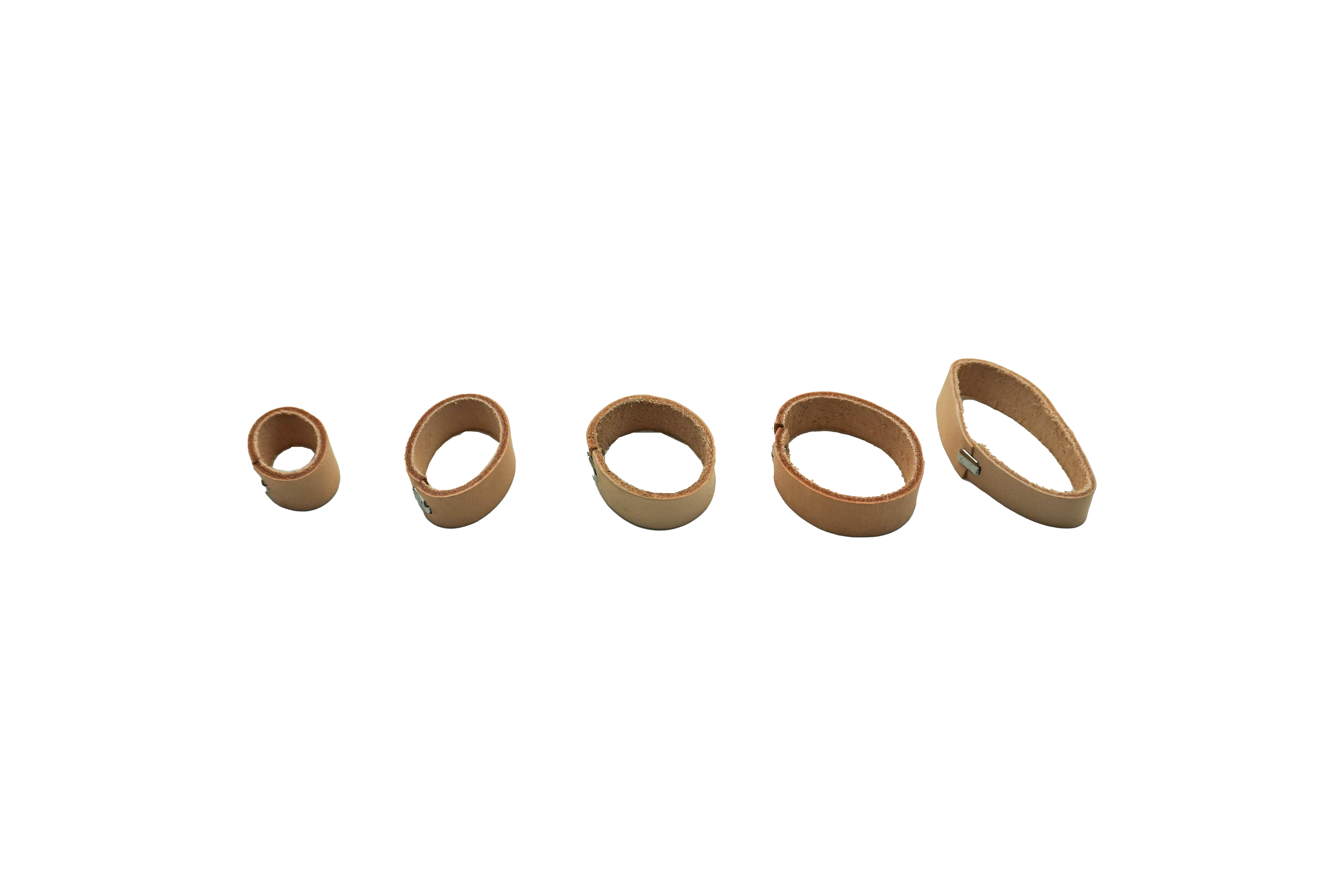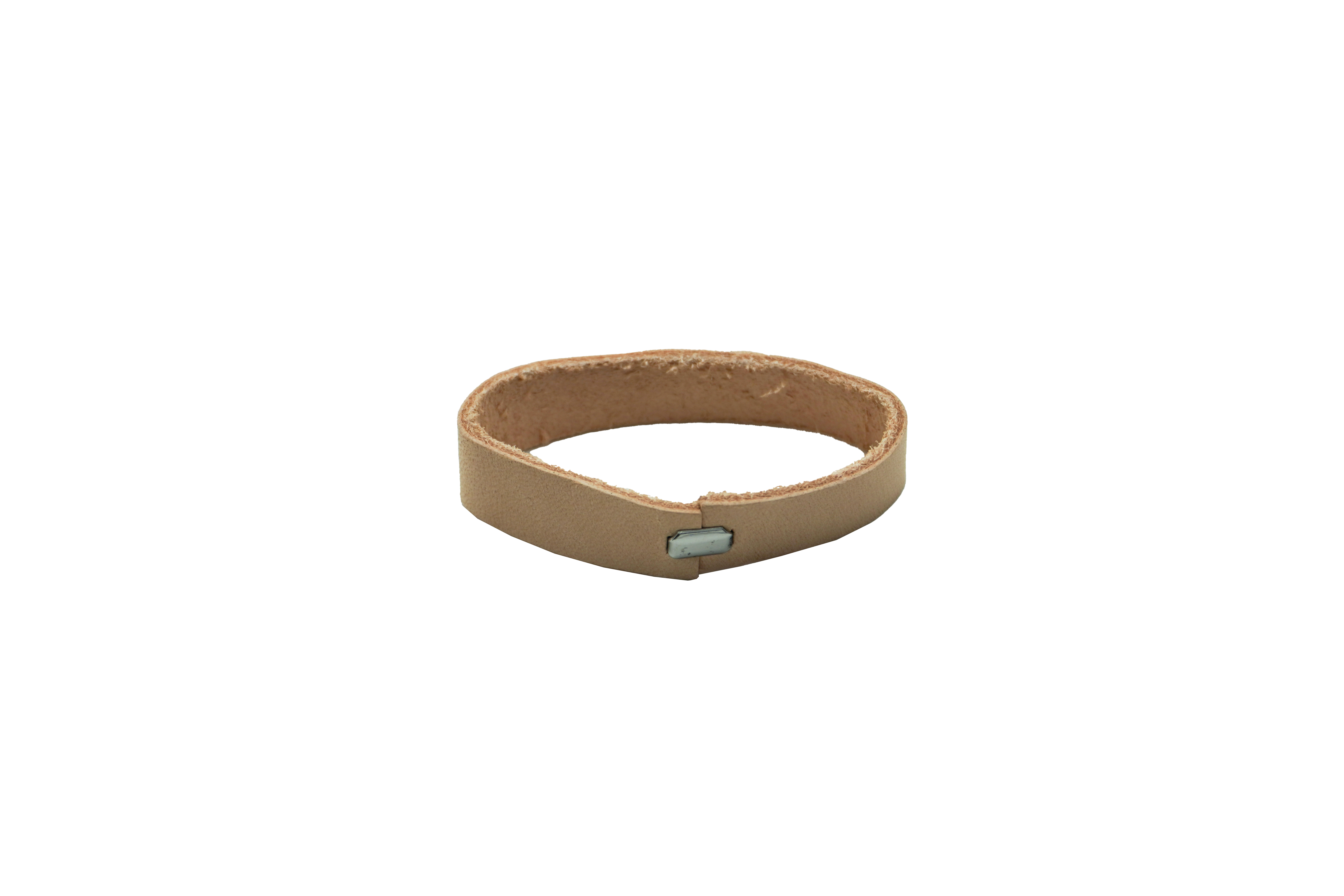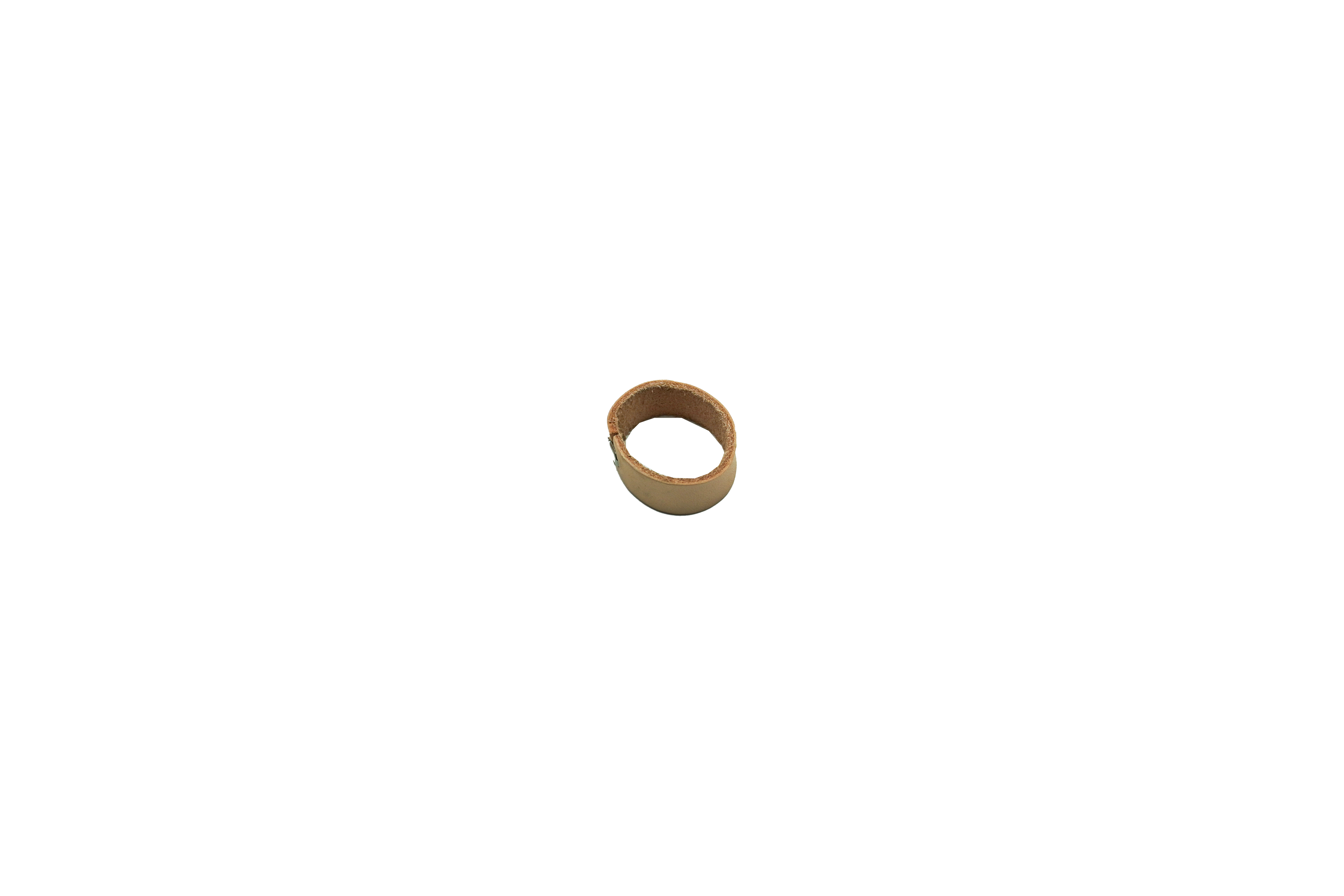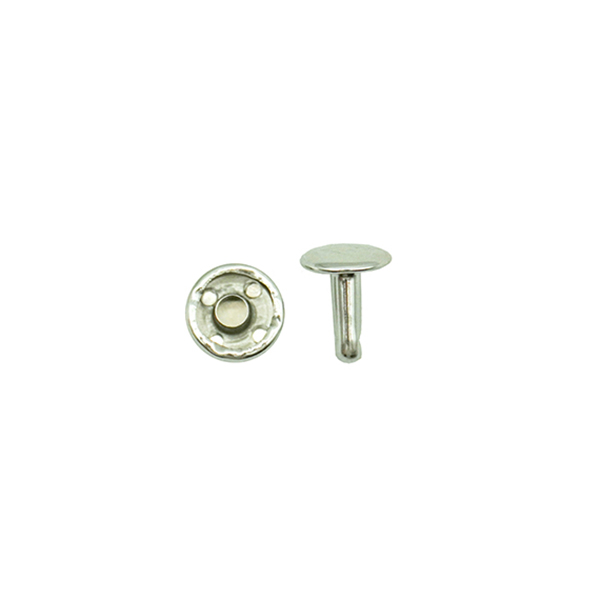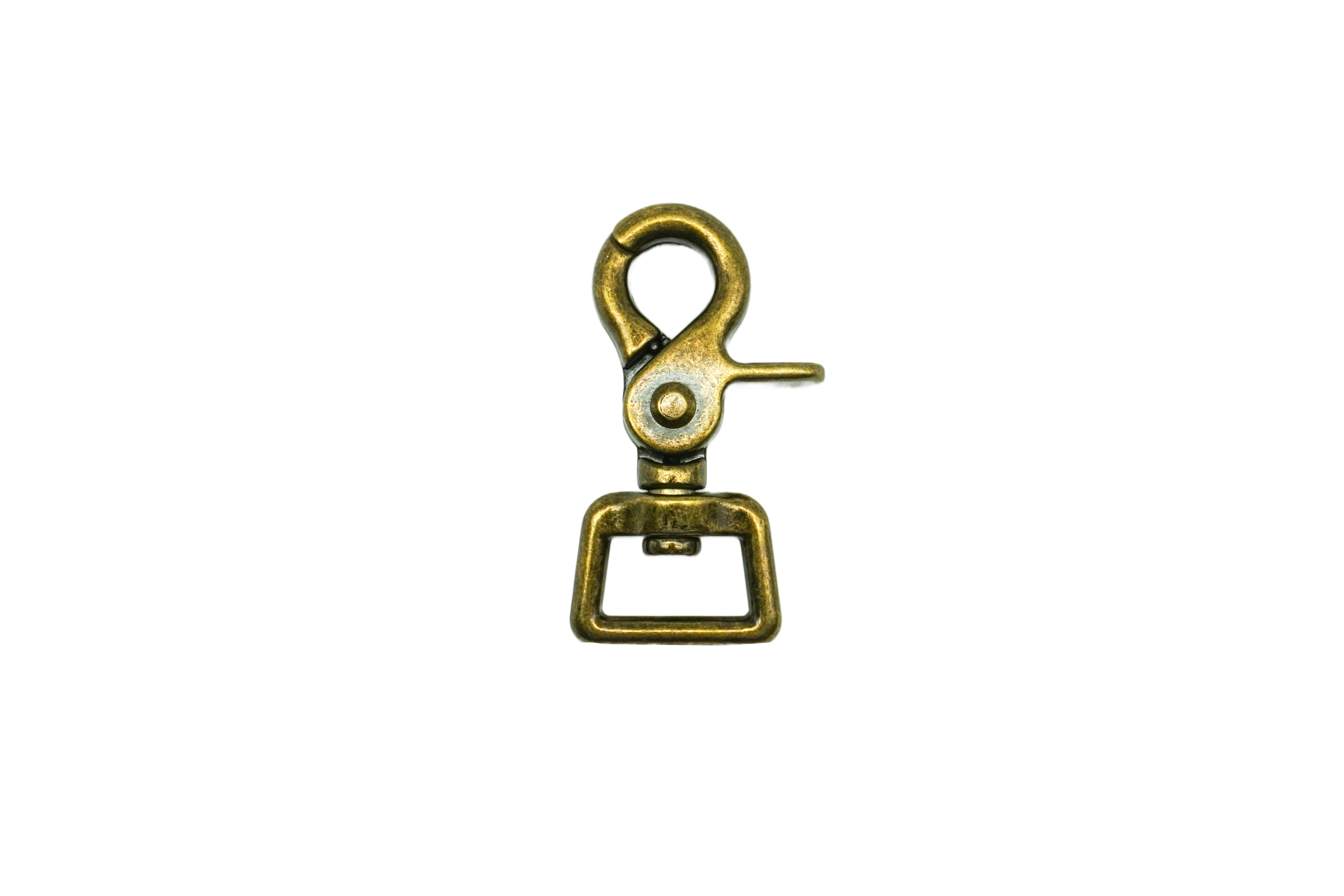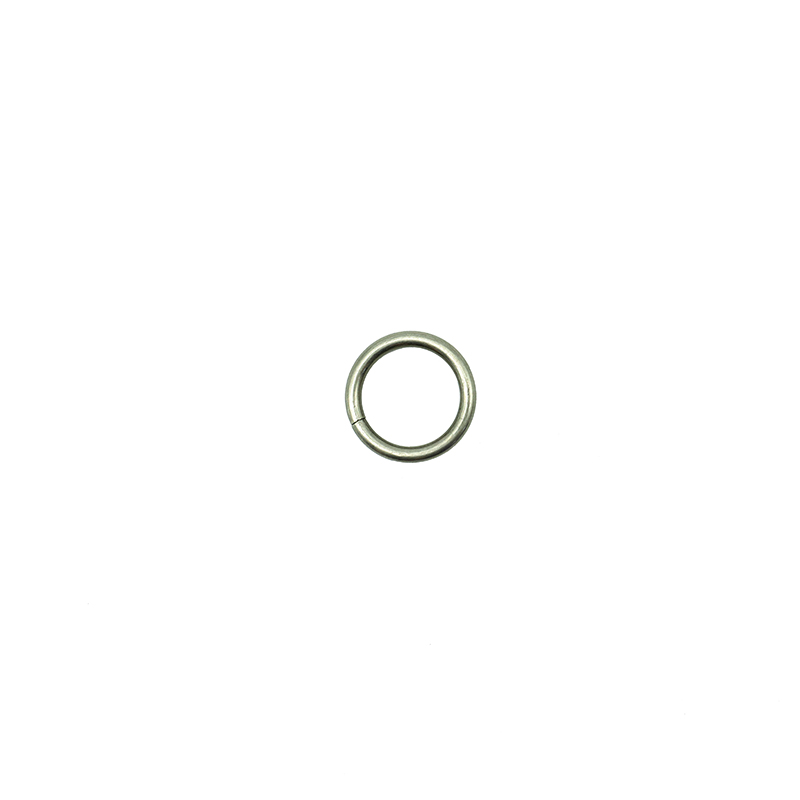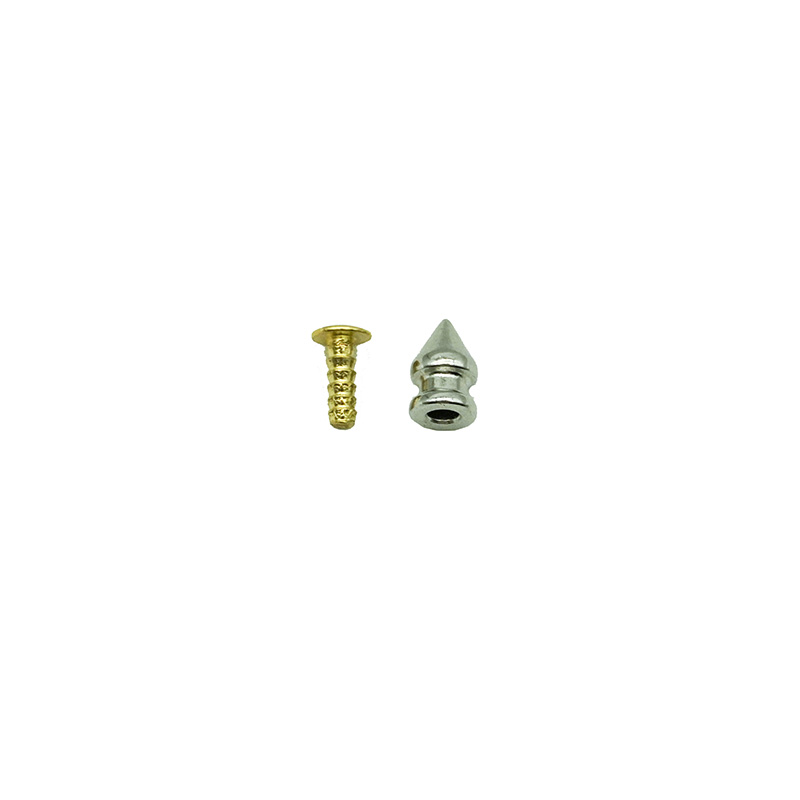Belt Loop – Original Color – Fixed Belt
Product Detail
Product Detail
Size and Shape: The size of the belt loop is important for functionality. It should be just large enough to hold the belt securely without being too loose. The shape is usually a simple, rectangular loop, but variations exist depending on design preferences.
Stitching and Construction: Belt loops are usually sewn or riveted into place. Double stitching is often used for extra strength, ensuring the loop can withstand regular use and the tension from the belt.
Finishing: The edges of the belt loop are often burnished or beveled to give a smooth finish, preventing any rough edges that might cause discomfort or wear on the belt.
Usage and Benefits
Securing the Belt: The primary function of a belt loop is to secure the end of the belt after it has been fastened. This keeps the belt in place and prevents it from hanging loosely, which can be both inconvenient and unattractive.
Aesthetic Appeal: A well-made belt loop adds to the overall appearance of a belt or leather item. It provides a finished, professional look and can be a subtle detail that enhances the design.
Versatility: Belt loops are used in a variety of leather goods, not just belts. They can be found on bags, cases, holsters, and more, providing attachment points for straps, handles, and other accessories.
Customization: Leathercrafters can customize belt loops to match the design and style of the belt or item they are making. This includes choosing the type of leather, the stitching pattern, and any decorative elements like embossing or stamping.
| SKU | SIZE | WEIGHT |
| 4600-01 | 3/4'' | 1.45g |
| 4600-02 | 1'' | 1.5g |
| 4600-03 | 1-1/4'' | 1.64g |
| 4600-04 | 1-1/2'' | 1.82g |
| 4600-05 | 1-3/4'' | 2.53g |
| 4600-06 | 2'' | 3g |




